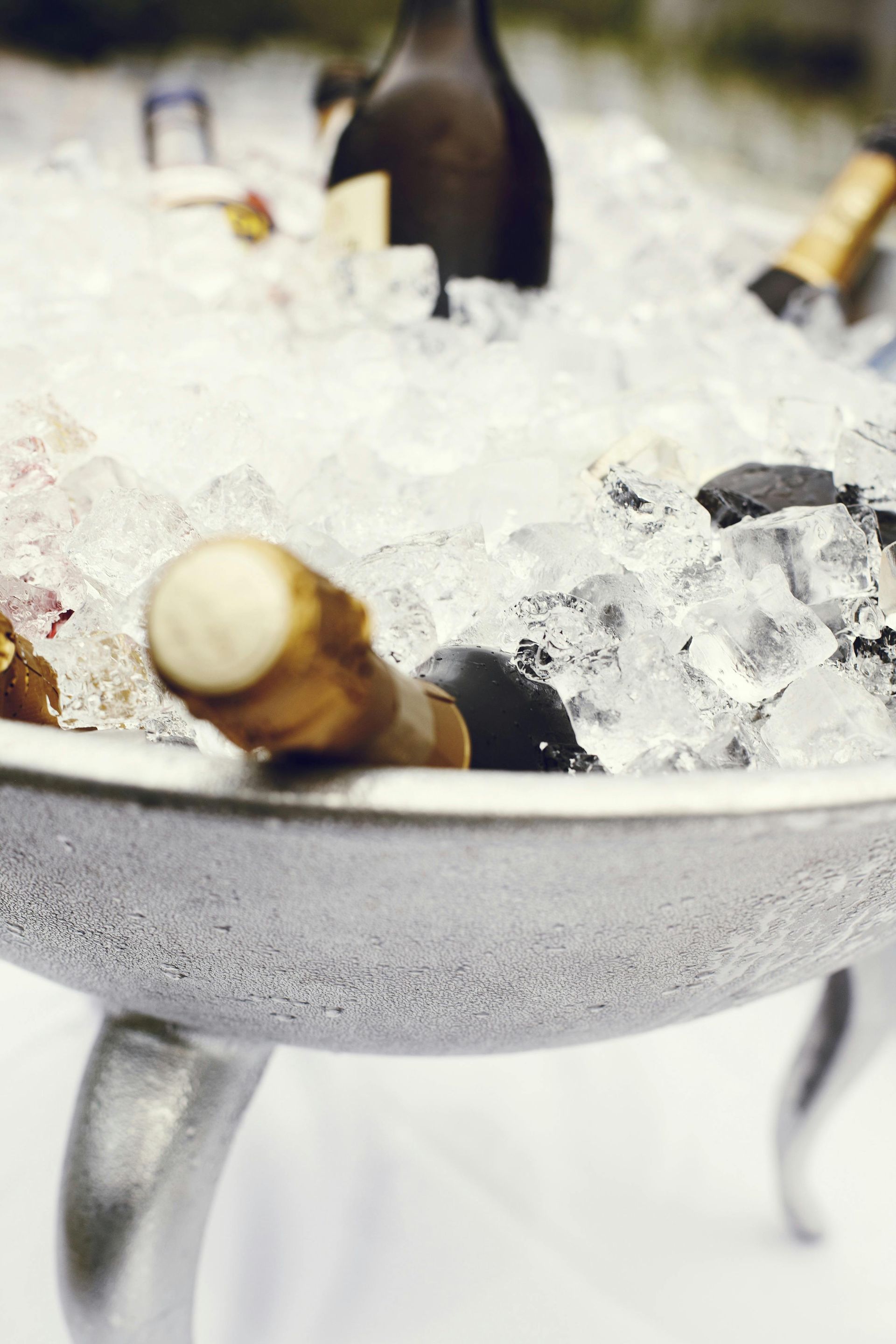Our Latest News
This is the text area for this paragraph. To change it, simply click and start typing.

By beverageretailgroup
•
August 7, 2025
Most people don’t realize this, but not all champagne is made the same way—or by the same kind of people. Wtalk into almost any wine store, and you’ll see the big names: Veuve Clicquot, Moët & Chandon, Dom Pérignon. They’re familiar. Often beautifully packaged. And widely available. These are the large houses, officially known as Négociant Manipulant , or NM. Then there’s a quieter category of producers—growers who farm their own grapes and make the wine themselves. These bottles often have names you’ve never heard of. Maybe a plain label. Maybe a hand-written vintage. These are Récoltant Manipulant , or RM. And in many cases, they’re joined by small Coopérative Manipulant producers—co-ops run by groups of growers who work collectively but still keep quality and identity front and center. Together, these are the people crafting wine from their own land. They’re not chasing global brand recognition. They’re trying to express something real. So what’s the difference? Let’s start with scale. NM producers source grapes from hundreds, sometimes thousands, of different vineyards across the Champagne region. They buy fruit. They blend across villages. And they make wine in quantities that can reach into the tens of millions of bottles per year. Think of it like a luxury factory. Efficient. Engineered for consistency. Moët makes more bottles in a single year than all RM producers combined. RM and small CM producers operate on a whole different level. They farm the grapes. They know the vines. They make the wine themselves, or work with neighbors who do. It’s hands-on, deeply personal, and often passed down through generations. Some produce just a few thousand bottles a year. That alone doesn’t make the wine better or worse. But it does make it different. Here’s what changes: